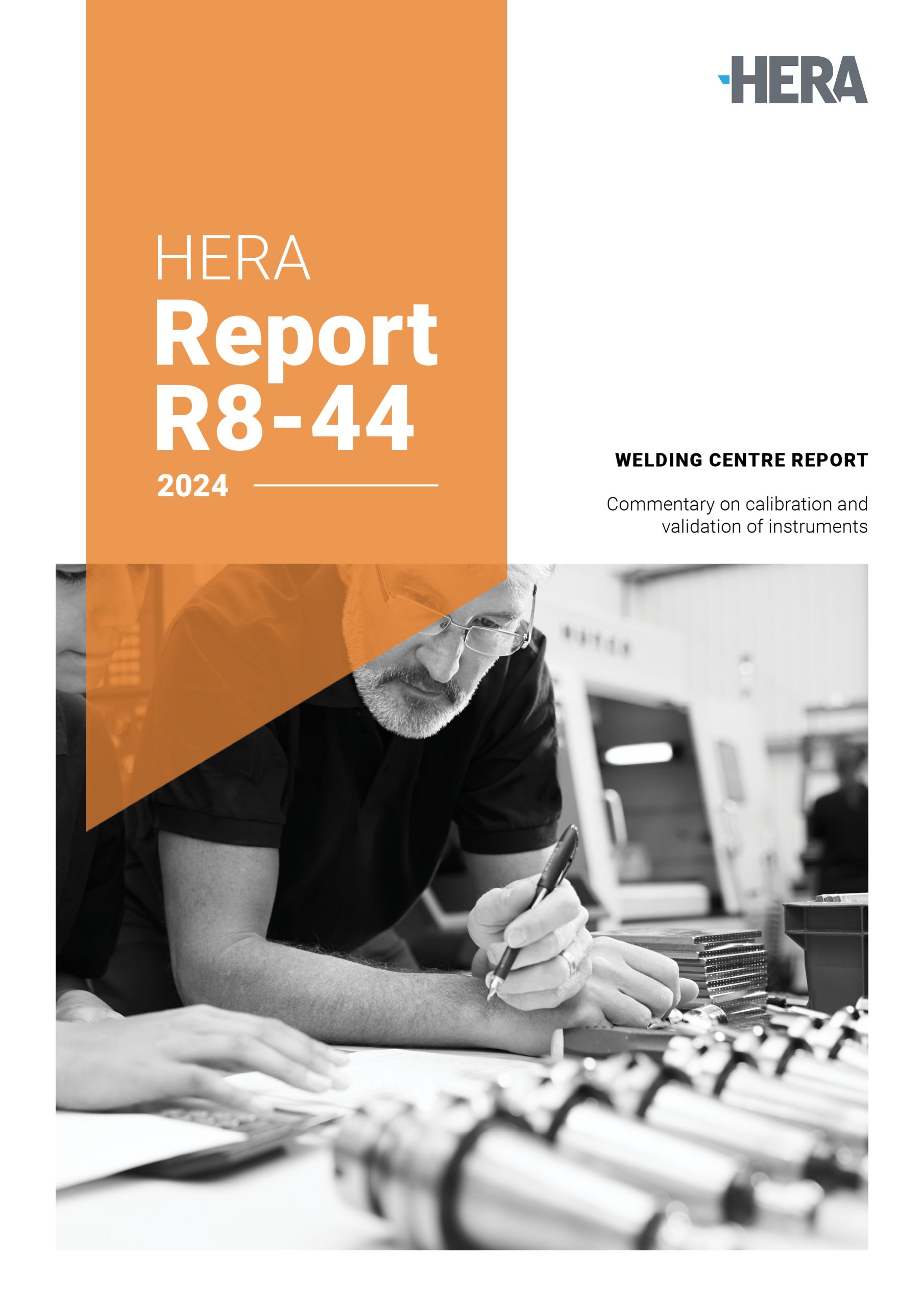Your cart is currently empty!
Welded connections
Properly designed and constructed welded connections are essential for the safety and performance of steel structures, especially under seismic loading.
This involves addressing unique challenges like weld in-situ strength, residual stresses, and specific loading environments, which all play a role in the joint’s strength and resistance to fatigue and fracture.
Our research focuses on optimising these welded connections to make fabrication more cost-effective while ensuring they meet performance standards in service, particularly in seismic conditions. This includes exploring alternatives like partial penetration butt welds and investigating the use of high-strength bolts and appropriate lubrication methods to enhance overall connection reliability.
Our projects
Optimising welded connections
Unpacking the complexity of welded connections.
Our research aims to optimise welded joint details in order to make fabrication more cost-effective while ensuring adequate performance of the connection in-service and specifically under seismic loading.
The main challenge is the high level of complexity involved in some welded connections of which proposed partial penetration butt welds instead of the traditional full penetration welds are explored.
This research introduces the “effective full penetration butt weld” (EFPBW), a new type of partial penetration weld that offers the same performance as CPBWs but at a significantly lower cost. The EFPBW can replace CPBWs in moment-resisting frames and similar connections, following the guidelines provided.
Review of bolts
Investigating how bolts can be better utilised.
Our research into welded connections is also exploring how high-strength bolts can be better utilised to enhance the performance and efficiency of structural connections.
We’re investigating the installation of HSFG PC 8.8 bolts, particularly in moment end plates, which may lead to relaxed requirements in NZS 3404, simplifying installation without compromising safety.
We’re also examining the use of classes higher than 8.8, such as 10.9 and 12.9 which are becoming more commonly used despite their installation and performance not having been researched thoroughly to be following the 8.8’s procedure.
Optimising eccentric cleats in MRFs
Providing guidance on eccentric cleats and beam column connections.
Designing effective beam-column connections is essential for ensuring the safety and performance of moment-resisting frames (MRFs).
Our research delves into optimising eccentric cleats in compression and refining column stiffeners and panel zones based on the latest NZS 3404 amendment 2 standards. By providing step-by-step guidance and practical examples, this work equips engineers with the tools to enhance their skills, ensuring that structures are both cost-effective and resilient in seismic conditions.
Steel bridge design and optimisation
Enhancing the efficiency of designing and fabricating new and replacement bridges.
Steel bridges play a vital role in Aotearoa New Zealand’s railway infrastructure, which is why KiwiRail is working to standardise bridge designs using modern finite element techniques, also known as “design by analysis,” tailored to New Zealand’s unique load conditions.
Currently, steel plate girder bridges are designed for fatigue resistance following the permissible stress method (“design by rule”) outlined in the AREMA code. This relies on overly conservative load assumptions, and mandates full penetration butt welds (FPBWs), which drives up fabrication and quality assurance costs. To overcome these challenges, this research explores alternative connection designs incorporating welded stiffeners and braces, as well as substituting FPBWs between the web and flange with equivalent fillet or partial penetration compound welds. These alternatives aim to achieve equal or improved fatigue performance while significantly reducing costs.
The project will create a library of parametric weld details, enabling bridge design engineers to easily adapt these solutions across various bridge spans. Further optimisation will be pursued through a holistic system approach using flexible multi-body analysis to address multiple objectives, including reducing material use, extending service life, minimising maintenance efforts, and lowering embodied carbon. Predictive maintenance and life cycle assessment (LCA) of the designs will also be evaluated, alongside damage identification strategies to support bridge reuse and repurposing within a circular design framework.







